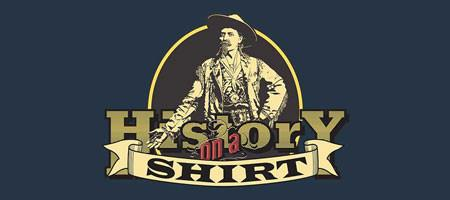Flying Without Wings
 Jimmy Meissner and James Norman Hall both survived wing failures on their Nieuports.
Jimmy Meissner and James Norman Hall both survived wing failures on their Nieuports.
Meissner, who later became an ace, had dropped out of Cornell University to join the war. At the beginning of May, he shot down an Albatros (his first victory and the 94 Aero Squadron's fourth) that pretended to be out of control. In the process of pursuing the Albatros through the dive, Meissner put so much wind pressure on his upper wing that the fabric started to tear, and continued until there was no fabric on his entire upper wing (or "both his upper wings" as it was said at the time). The wood underneath, however carefully fashioned, had none of the qualities of an airfoil, so the wing stopped lifting but added a lot of drag. Or, as pilots say, it assumed the flying characteristics of a brick. (See attached picture of the inside of a wing at the VAFM for a sense of the fragility of the structure Meissner's life depended on.)
Somehow Meissner was able to nurse the aircraft into a crash landing he could crawl away from, on the right side of the lines.
Reliving the Experience
At the end of May, Meissner was again diving after an Albatros and again the strain was too much for a Nieuport. "The whole surface of the canvas on the right wing was torn off with the first wrench!" as Rickenbacker, a witness, described it, wondering how the pilot was managing to keep the plane in the air, "staggering towards our lines much like a drunken man." Seeing Meissner in the cockpit, he realized, "No wonder he could fly a machine without canvas. With the practise he was getting he would soon be flying without wings." On landing, they found that Doug Campbell had already reported it as a crash, having seen the plane fall and assuming it could have done nothing but go all the way down.
A More Disturbing Wingless Experience
On May 7th, 1918, James Norman Hall - bestselling author, legend of the infantry and the Lafayette Escadrille, teacher of new pilots, and co-victor on Eddie Rickenbacker's first victory - was captured, just a few days after that shared victory.
Hall and Rickenbacker were up together again, but Rickenbacker lost sight of Hall during the dogfight, and feared he had been shot down. Instead, it was Hall's own airplane that almost killed him. Like Meissner, and others less fortunate, Hall "dived too swiftly for the weak wing structure of a Nieuport. His upper wing had collapsed in full flight; and not until he had almost reached the ground had he been able to straighten out his aeroplane."
Revenge of the 94th Aero
The squadron, along with its commander Raoul Lufbery, assumed Hall had been killed; it wasn't until after Lufbery's death they found out Hall was a prisoner, and his worst injury was a broken ankle and nose.
"Captain Hall's disappearance that day was known to the whole civilized world within twenty-four hours. Widely known to the public as a most gifted author, he was beloved by all American aviators in France as their most daring air-fighter." Lufbery had flown with Hall in the Lafayette Escadrille and as soon as he heard, he went up to avenge Hall. Attacking three German aircraft, he shot down one and scared off the other two.
Rickenbacker, who succeeded Hall as flight commander, thought the squadron's attempts to avenge Hall was one of the major contributions to squadron victories, because this was "the greatest individual loss that the American Air Service had yet suffered."
Rickenbacker decided to start teaching his fellow pilots how to avoid the problems with the Nieuport wings.
As Long as Nobody Got Hurt
On May 10th, there was a spectacular accident involving another Lafayette Escadrille veteran, Kenneth Marr (who would also later command the 94th Aero). Amazingly, nobody was hurt when two aircraft landed from opposite directions and collided in the middle of the field; not quite head-on, but tangling their wings and spinning together like skaters. Then Marr's machine gun started going off. "From my box seat above [Rickenbacker was still in the air] it looked very much like a Fourth of July celebration, with a gigantic pin wheel shooting out living sparks in every direction."
Ground-Level Aerobatics
Another event that started seriously and ended otherwise had happened the day of Meissner's shredded wing, when Rickenbacker went up with Lufbery, who suddenly dived, not at an enemy, but because a cylinder blew out and his propeller stopped turning. Lufbery, the former mechanic, instead of panicking found a good field to land in on the French side of the lines. But the field was muddy and the aircraft - slowly - somersaulted. As Rickenbacker watched, "it stuck its nose into the mud, stood with tail pointing heavenward, hesitated there for a second or two and, as I passed about a hundred feet overhead, his Nieuport turned gently upside down and lay there on its back." Rickenbacker was "highly amused to see the Major crawling out on his hands and knees through the mud."
Humor, as German ace Ernst Udet had pointed out, was especially appreciated by the men in the high-stakes job of aviation.
But 100 years ago, Raoul Lufbery was starting the last week of his life.
